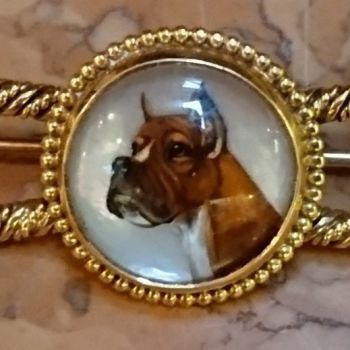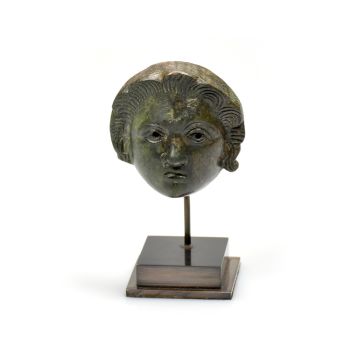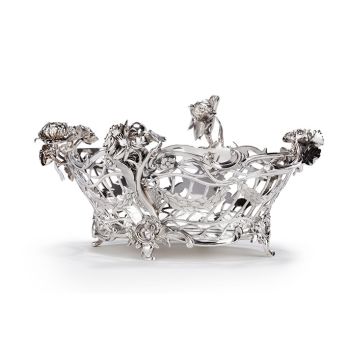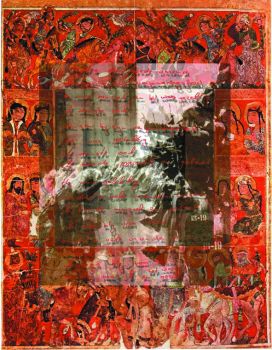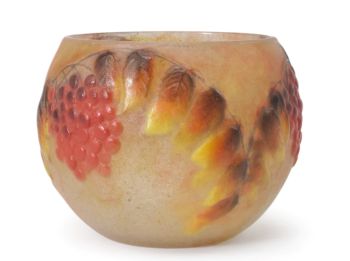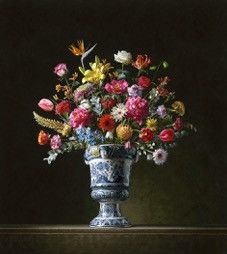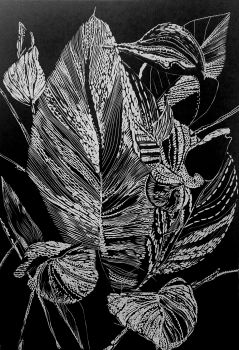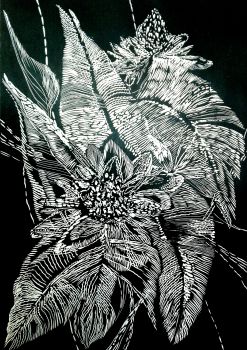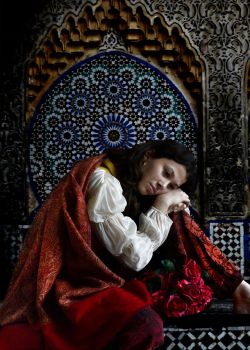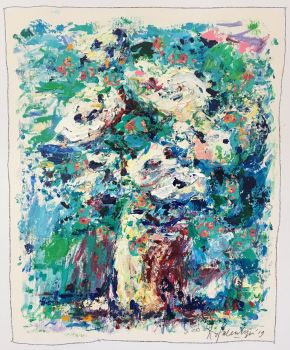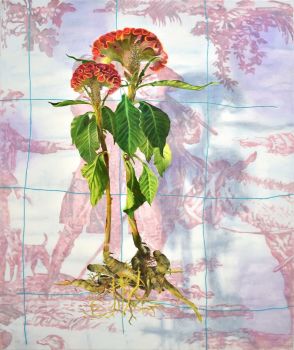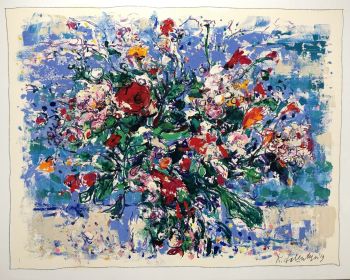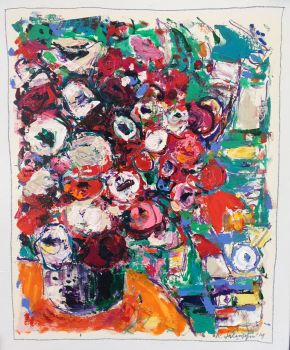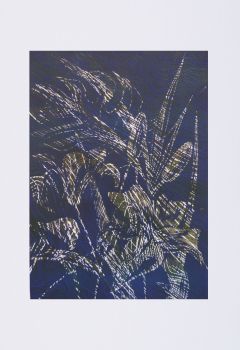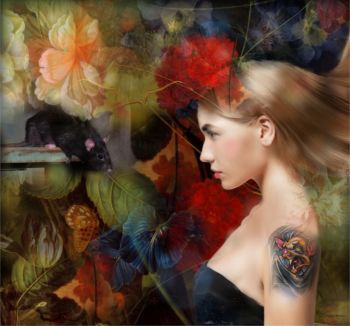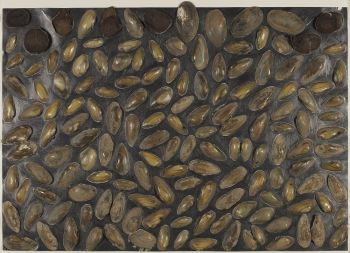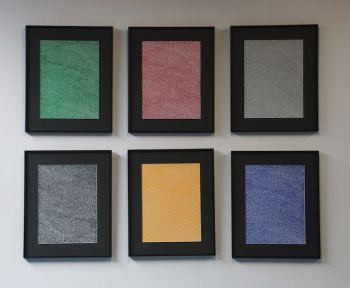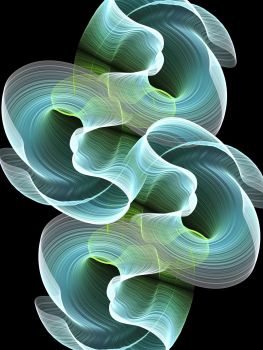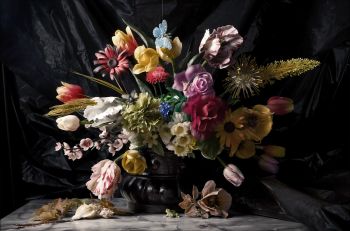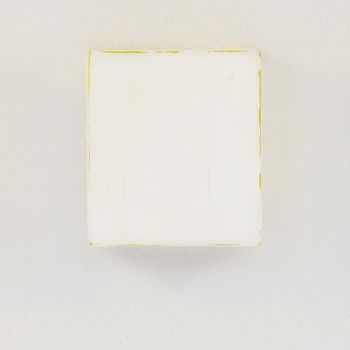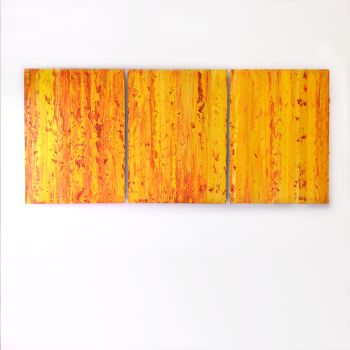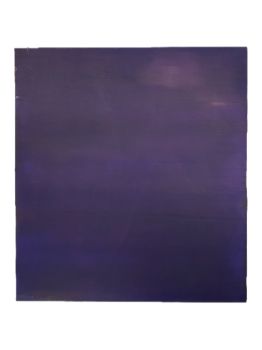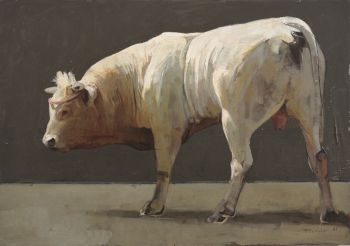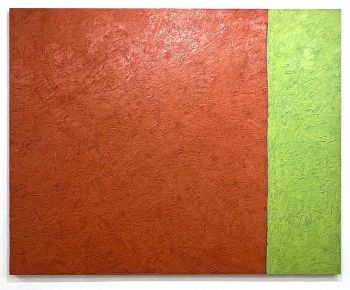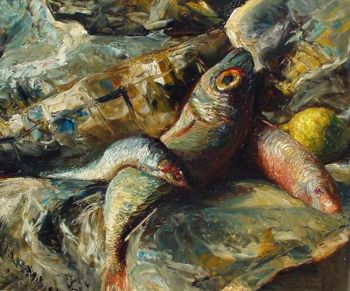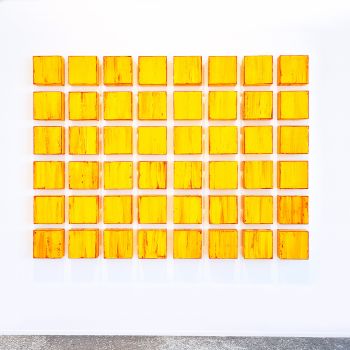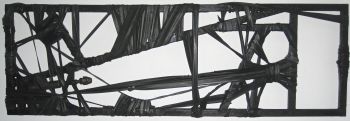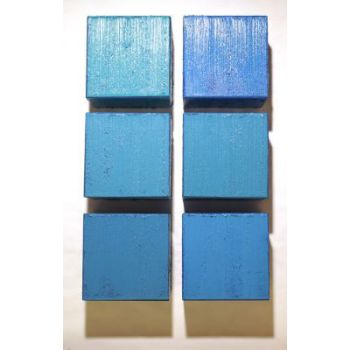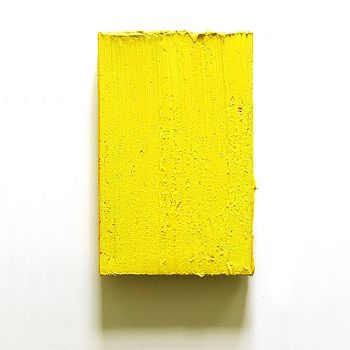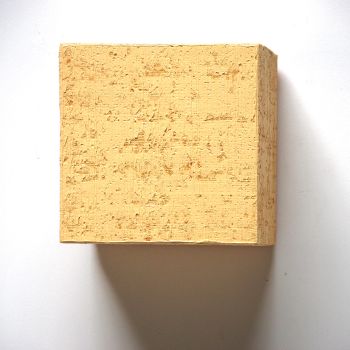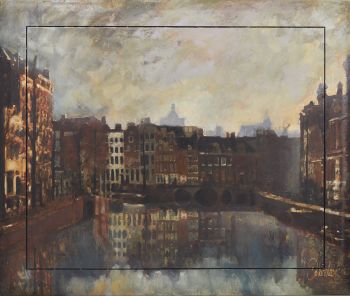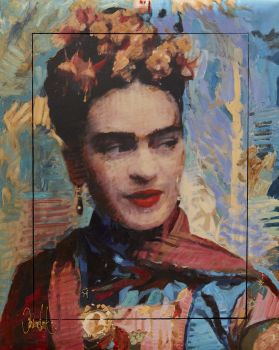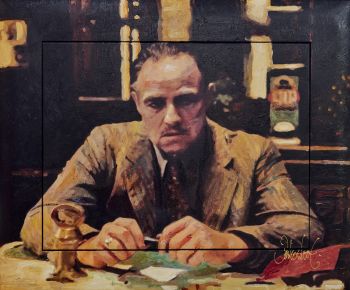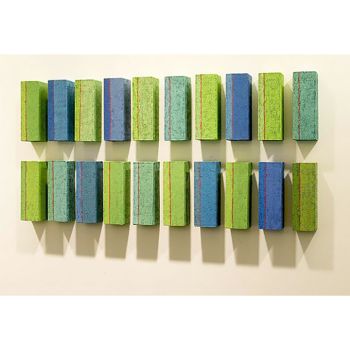Dutch Louis XV Mirror 1740
Artista Sconosciuto
GiltwoodLegna
190 ⨯ 91 cm
Attualmente non disponibile tramite Gallerease
- A proposito di opere d'arteA large Dutch Louis XV mirror with an exuberantly carved frame of gilt limewood. The mirror has a waisted shape with an extravagant rocaille crest of seven acanthus leaves curling upward. The crest is flanked by two dragons with curling tails. The frame is decorated with, partly openwork, woodcarving.
The lower part of the mirror has large openwork areas framed in stylized leaf motifs. A rocaille running over the middle gives the impression that the mirror is divided in two parts. The middle of the rocaille is decorated with another dragon. The mirror expresses an extremely rich and airy character.
This exceptional specimen has a very unusual form. Probably the artist found his inspiration in English sources.
Throughout the eighteenth century mirrors are put up over the fireplace or between windows. As such they were an integral part of the interior. Often mirrors were flanked by wall sconces or candelabra to get maximum benefit of the candle light. Large mirrors were costly in the day and were the showpieces in an interior to demonstrate wealth. - A proposito di opere artista
Può succedere che un artista o un creatore sia sconosciuto.
Alcune opere non sono determinate da chi sono state realizzate o sono state realizzate da (un gruppo di) artigiani. Esempi sono statue dell'antichità, mobili, specchi o firme non chiare o leggibili ma anche alcune opere non sono affatto firmate.
Inoltre puoi trovare la seguente descrizione:
•"Attribuito a …." A loro avviso probabilmente opera dell'artista, almeno in parte
•“Studio di ….” o “Officina di” A loro avviso un'opera eseguita nello studio o nella bottega dell'artista, eventualmente sotto la sua supervisione
•“Cerchio di…” A loro avviso un'opera del periodo dell'artista che mostra la sua influenza, strettamente legata all'artista ma non necessariamente al suo allievo
•"Stile di..." o "Seguace di..." A loro avviso un'opera eseguita nello stile dell'artista ma non necessariamente da un allievo; può essere contemporaneo o quasi contemporaneo
•“Modalità di…” A loro avviso un'opera nello stile dell'artista ma di epoca successiva
•"Dopo …." A loro avviso una copia (di qualsiasi data) di un'opera dell'artista
•“Firmato…”, “Datato…” o “Iscritto” A loro avviso l'opera è stata firmata/datata/inscritta dall'artista. L'aggiunta di un punto interrogativo indica un elemento di dubbio
•"Con firma....", "Con data...", "Con iscrizione..." o “Riporta firma/data/iscrizione” a loro avviso la firma/data/iscrizione è stata aggiunta da qualcuno diverso dall'artista
Artwork details
Related artworks
Artista Sconosciuto
Un rare filigrane un gobelet retortoli1550 - 1600
Prezzo su richiestaPeter Korf de Gidts - Antiquairs
1 - 4 / 12Artista Sconosciuto
A Surinam-themed Amsterdam long-case clock1746 - 1756
Prezzo su richiestaZebregs & Röell - Fine Art - Antiques
 A cura di
A cura diGallerease Magazine
1 - 4 / 17Artista Sconosciuto
UN NETSUKE MARINO IN AVORIO DI UN OLANDESE CHE TIENE UN FAN . CINESE18th century
Prezzo su richiestaZebregs & Röell - Fine Art - Antiques
 A cura di
A cura diDanny Bree
Artista Sconosciuto
UN NETSUKE IN AVORIO DI UN OLANDESE CHE TIENE UN GALLETTO18th century
Prezzo su richiestaZebregs & Röell - Fine Art - Antiques
1 - 4 / 24Roman & Henriëtte Reisinger
Bloemstilleven met Satervaas2022
Prezzo su richiestaAtelier/ Galerie H&R Reisinger
William Rosewood
She Loves Me, She Loves Me Not2019 - 2020
Prezzo su richiestaGalerie Mia Joosten Amsterdam
1 - 4 / 24Artista Sconosciuto
Icona monumentale in legno: San Nicola di Mozaisk1600 - 1650
Prezzo su richiestaKunsthandel H.W.C. Dullaert Icons
Conrad Kickert
Still life with fish in a newspaper1900 - 1965
Prezzo su richiestaKunsthandel Pygmalion
1 - 4 / 24




